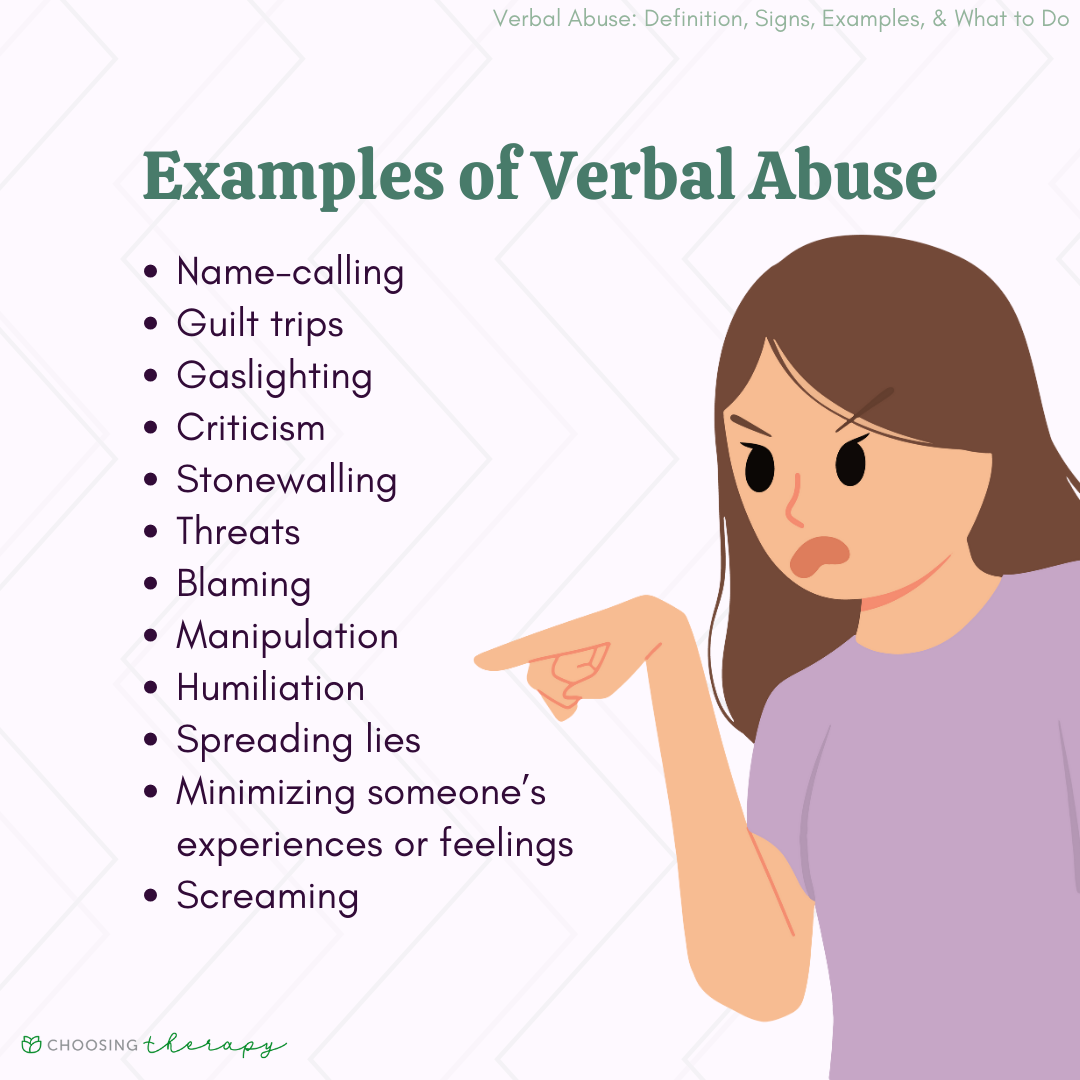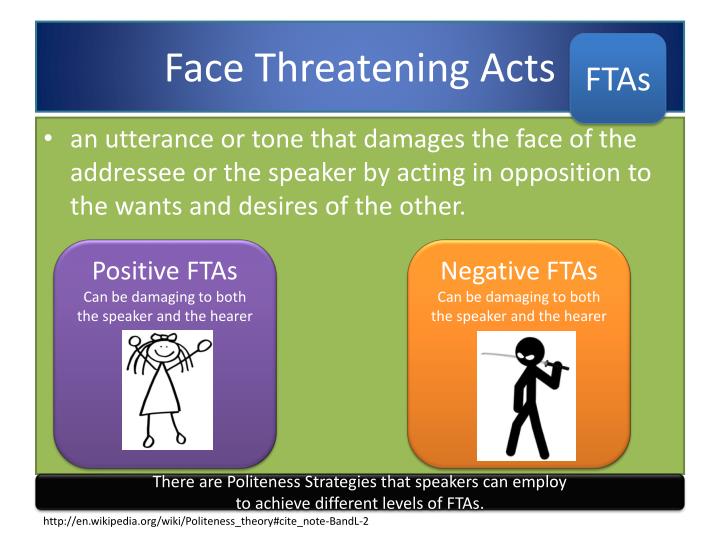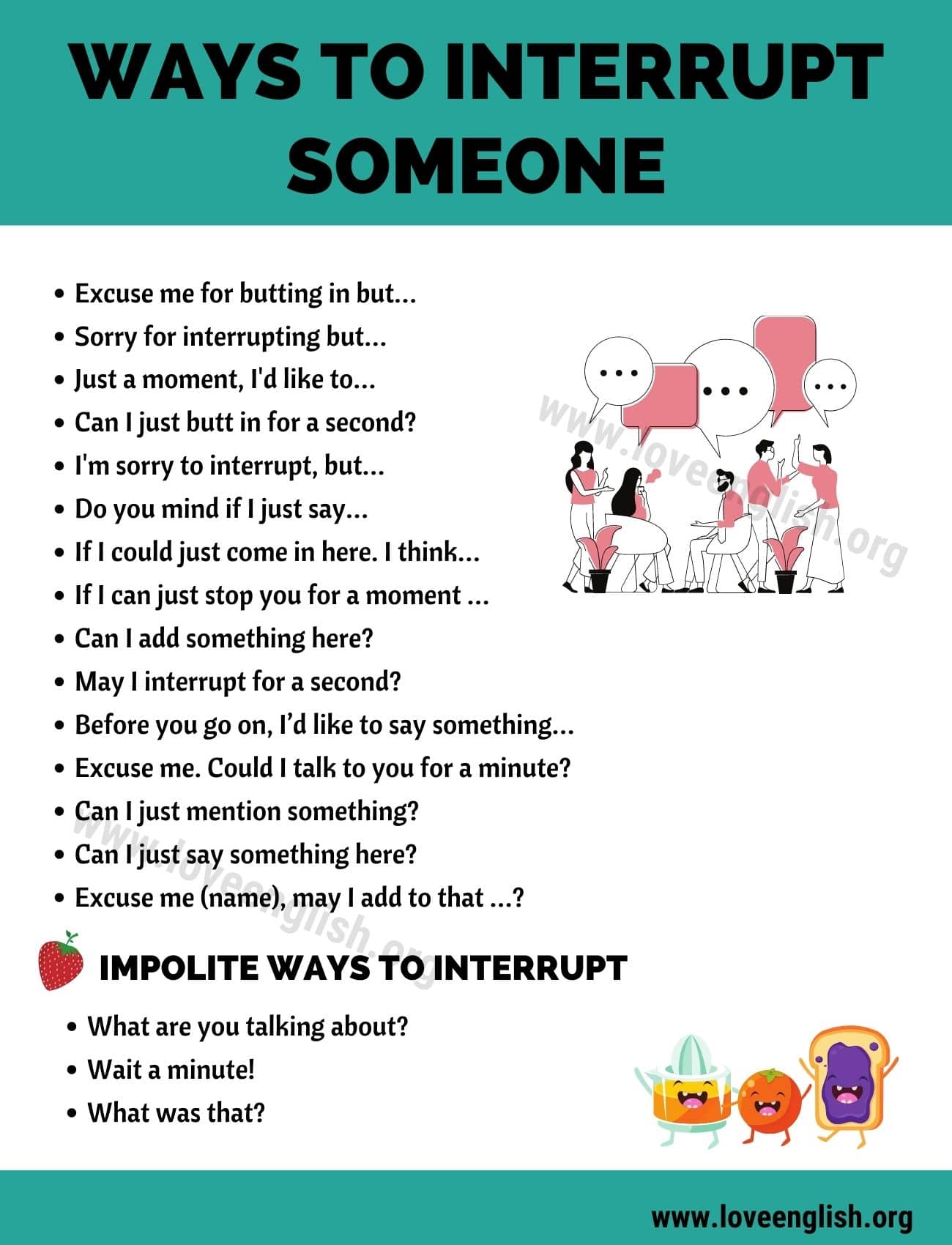What Do I Do If Someone Is Threatening Me

Immediate danger demands immediate action: If someone is threatening you, your safety is paramount. Knowing how to respond can significantly impact your well-being and survival.
This article provides a concise guide to navigating threatening situations, emphasizing immediate safety measures, legal options, and resources for support.
Immediate Safety Measures
Get away. The first and most crucial step is to remove yourself from the immediate threat. This might mean leaving the location where the threat is occurring.
Call 911. If you feel your life is in danger, dial 911 (or your local emergency number) immediately. Provide your location and a brief description of the situation.
Document everything. If it is safe to do so, document the threats. This includes saving texts, emails, voicemails, or taking screenshots of social media posts.
Who should I contact?
Local Law Enforcement: Contact your local police department to report the threats. They can assess the situation and take appropriate action.
Campus Security: If you are a student, contact your campus security immediately. Many institutions have specific protocols for handling threats.
Human Resources: In a workplace setting, report the threats to your Human Resources department. They are responsible for ensuring a safe work environment.
Understanding the Threat
A threat is more than just an insult or a heated argument. It involves a clear statement or action that indicates an intention to cause harm.
The severity of the threat can vary, ranging from verbal intimidation to explicit plans of violence. Determining the level of danger is crucial.
According to the FBI, a credible threat includes a specific target, a method, and the apparent ability to carry out the act. Assess if the threat meets these criteria.
Legal Options and Restraining Orders
You may be able to obtain a restraining order or protective order. This is a court order that prohibits the threatening individual from contacting you or coming near you.
The process for obtaining a restraining order varies by jurisdiction. Contact a local attorney or legal aid organization to understand the specific requirements in your area.
Violation of a restraining order is a crime, and the perpetrator can face arrest and prosecution. Report any violations immediately to law enforcement.
Documenting the Threats: Why It Matters
Documentation serves as evidence. It can be used in court to support your request for a restraining order or to prosecute the person making the threats.
Keep a detailed log of every incident. Include the date, time, location, and a precise description of what was said or done.
Preserve all forms of communication. This includes text messages, emails, voicemails, social media posts, and any other evidence of the threats.
Resources and Support Systems
National Domestic Violence Hotline: 1-800-799-SAFE (7233). This hotline provides confidential support and resources for victims of domestic violence, including those experiencing threats.
RAINN (Rape, Abuse & Incest National Network): 1-800-656-HOPE. RAINN offers support for survivors of sexual assault and harassment, including those who are being threatened.
Local Victim Assistance Programs: Many communities have victim assistance programs that provide counseling, advocacy, and other support services to victims of crime.
What Happens Next?
Continue to prioritize your safety. Be aware of your surroundings and take precautions to protect yourself.
Seek professional help. Counseling can provide you with the emotional support and coping strategies you need to deal with the trauma of being threatened.
Stay informed about your legal options. Consult with an attorney to understand your rights and the best course of action in your specific situation.


















